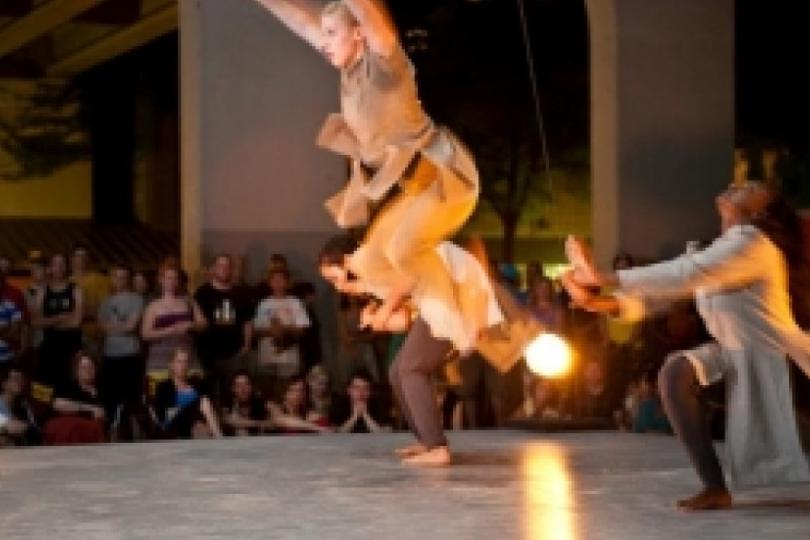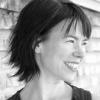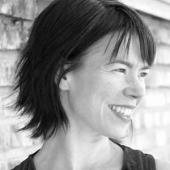Best of 2011-2012
Editorial

Editor's Note: This year's Sage Awards will take place on October 17 at the Cowles Center. This author's next performance will be this weekend at the Southern.
When asked to describe the best thing I “experienced in the theater over the last season” I decided against consulting my calendar and instead identified work that has lingered, that is still accessible in my emotional memory. Two dance works sprung to mind, extremely different yet similar in their vitality and poetic daring. One challenges the notion of how and where dance is usually presented, redefining the fourth wall and reframing the work. The other is embedded in a specific traditional and historical context while retaining a freshness; it is at once new and well-used. Both are dances first and foremost yet contain theatrical and scenic elements that stretch the definition. They were dance experiences, sparkling in their execution and imagery. See, I still remember…
Jiri Kylian’s La cathedrale engloutie, performed by Minnesota Dance Theatre and In Habit: Living Patterns, created and performed by Aniccha Arts. These works felt necessary, essential. They needed to be made and thus performed and thereby witnessed.
One tradition in repertoire dance companies is to revive old works and acquire others. (This is ironic and interesting alongside a post-modern mandate to constantly investigate and create new work.) What isn’t always understood is that old work can be investigated too, and made new.
The promise of seeing Kylian’s La cathedrale engloutie drew me to Minnesota Dance Theatre’s spring concert at the Cowles Center. It was both a revival of an older work and an acquisition, made new by virtue of the fact that new dancers danced it, and beautifully.
This Czech-born dancemaker is my all-time favorite choreographer. He made the vast majority of his repertoire upon Nederlands Dans Theatre, an amazing company that has toured here twice in my eighteen-year tenure. Seeing any of Kylian’s work live is a rare treat. The piece, originally created in 1975, did not disappoint. It remains fresh and affecting yet feels like a classic. It reminded me that simplicity can be a bold choice. Iconic images can be read and linger. So much of today’s contemporary ballets are studies in frantic movement. Every count in the music gets a move, or several; these passages get layered; and the whole effect is dizzying and exhausting to watch. La cathedrale engloutie gave me breathing room, space to see and track its singular movement vocabulary.
There was verticality, as there is in most work that is derivative of Ballet. Too there was horizontality, an expanded mode of traversing space that utilized the classical modern notions of a back contracted, contorted, spiraled. There was surprising partnering, male/female but also male/male. I especially remember a moment when one man knee-crawled in a circle while supporting the other. That weight-bearing rotation was a painful sacrifice, which seemed precisely like the point. I had just enough of an idea of the piece’s “aboutness” (based on the title’s translation: The sunken cathedral) that my imagination could knowledgably run away with the rest: I saw brokenness in solos and that male duet, wholeness through other pairings and in community, striving, stoic elation and always, a sense of the earthbound. These were humans after all, displaying their beautiful foibles like a living fresco. It was a ceremony, a rite, a prayer, and like all prayers once they are offered up, it was ephemeral.




